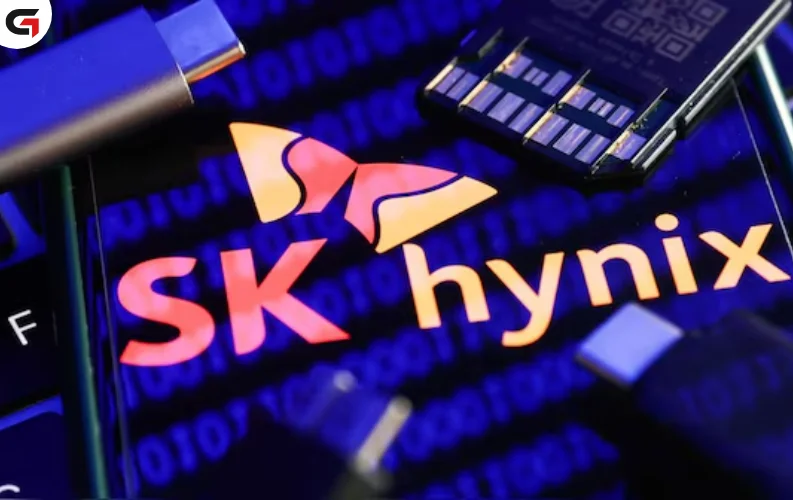In today's digital era, speed is a crucial factor in the success of an eCommerce business. Customers expect seamless, lightning-fast shopping experiences, from browsing products to checkout.
As competition intensifies, businesses must adopt innovative strategies to enhance speed and efficiency. This article explores the key elements driving fast eCommerce and how businesses can leverage them to gain a competitive edge.
Why Speed Matters in eCommerce
-
Customer Retention: Faster websites and streamlined checkouts reduce bounce rates and improve user satisfaction.
-
Higher Conversions: A smooth, rapid shopping experience leads to increased sales and repeat customers.
-
Competitive Advantage: Speedy deliveries and seamless navigation give businesses an edge over slower competitors.
-
Enhanced User Experience: Well-optimized platforms provide a hassle-free and enjoyable shopping journey.
1. Instant Page Loading and Seamless Navigation
Website speed plays a vital role in customer retention. Studies show that a one-second delay in load time can decrease conversions by up to 7%. To meet customer expectations, businesses must optimize their website performance using the latest technologies.
Key Strategies for Faster Websites:
-
Implement Content Delivery Networks (CDNs) for global reach.
-
Use browser caching to store frequently accessed data.
-
Optimize images and compress files for faster load times.
-
Minimize excess plugins and scripts that slow down performance.
-
Develop Progressive Web Apps (PWAs) and Accelerated Mobile Pages (AMPs) for speed-enhanced browsing.
2. One-Click Checkout and Faster Payments
A lengthy checkout process often leads to cart abandonment. Simplifying payment steps with efficient solutions can significantly improve conversion rates.
How to Speed Up Checkout & Payments:
-
One-Click Checkout: Integrate platforms like Amazon Pay, Apple Pay, and Google Pay.
-
Multiple Payment Methods: Support digital wallets, credit cards, and cryptocurrencies.
-
AI-Powered Fraud Detection: Automate security checks without slowing transactions.
-
Saved Payment Details: Allow returning customers to complete purchases instantly.
3. AI-Driven Personalization for Quick Decision-Making
Artificial Intelligence (AI) has transformed eCommerce by offering tailored shopping experiences. Personalization helps customers find products faster, boosting sales and engagement.
Benefits of AI in eCommerce:
-
Personalized product recommendations based on browsing history.
-
AI-powered chatbots providing instant support and guidance.
-
Smart search algorithms that refine results based on user behavior.
-
Predictive analytics for inventory management and demand forecasting.
4. Rapid Order Fulfillment and Same-Day Delivery
Shipping speed is a major factor in customer satisfaction. The demand for same-day or one-hour deliveries has driven innovation in logistics and supply chain management.
Technologies Accelerating Delivery Speed:
-
Automated warehouses for faster order processing.
-
Drones and robotic deliveries reducing transit times.
-
Hyperlocal fulfillment centers ensuring quick dispatch.
-
Real-time inventory tracking to minimize stock issues.
5. Real-Time Customer Support and Chatbots
Customers expect immediate responses when they have queries or issues. AI-powered chatbots and live customer support enhance the shopping experience by providing instant solutions.
Ways to Enhance Customer Support Efficiency:
-
24/7 AI chatbots to handle common inquiries.
-
Live chat with human agents for complex concerns.
-
Automated order tracking updates to keep customers informed.
-
AI-driven sentiment analysis to understand customer needs better.
6. Mobile Optimization for On-the-Go Shopping
Mobile commerce is growing rapidly, making it essential for eCommerce businesses to optimize for mobile users. A slow or poorly designed mobile experience can drive customers away.
Best Practices for Mobile eCommerce:
-
Mobile-first website design for better responsiveness.
-
Voice search functionality for hands-free shopping.
-
One-hand-friendly checkout interfaces for convenience.
-
Push notifications for real-time promotions and updates.
7. Social Commerce and Influencer Marketing for Speedy Conversions
Social media platforms are now vital eCommerce channels. Businesses can use social commerce to drive impulse purchases and build customer trust through influencer endorsements.
Why Social Commerce is Booming:
-
Instant product discovery via influencer collaborations.
-
In-app purchasing features for quick transactions.
-
Live shopping events creating urgency and higher engagement.
-
Shoppable posts and ads reducing friction in the buying process.
8. Automation in Inventory and Supply Chain Management
Managing inventory and logistics efficiently ensures products are always available and delivered on time. Automation plays a critical role in eliminating delays and human errors.
Essential Automation Tools:
-
AI-driven demand forecasting to prevent stock shortages.
-
Automated restocking systems for uninterrupted inventory flow.
-
Smart warehouse robotics to enhance packing and dispatch speed.
-
Real-time supply chain analytics for optimized logistics.
Final Thoughts
Fast eCommerce is no longer optional—it’s the future. Customers expect quick page loads, seamless navigation, frictionless checkouts, and rapid deliveries. Businesses that prioritize speed in their operations will stay ahead in the digital marketplace.
Key Takeaways:
-
Invest in cutting-edge website optimization and mobile-first designs.
-
Implement AI-driven personalization to enhance user experience.
-
Streamline checkout and payment processes for frictionless transactions.
-
Adopt advanced logistics and automation for faster deliveries.
-
Leverage social commerce and influencer marketing for quicker conversions.
By embracing these innovations, businesses can meet evolving customer expectations, drive sales, and secure long-term success in the fast-paced world of eCommerce.
You may also like:-






















